AO Edited
Mount Air Historic Site
This homestead was occupied by Union soldiers, who believed the owners were signaling Confederate forces.
This land was originally a plantation inhabited by Dennis McCarty, who was the sheriff, Justice of the Peace, and a representative in the Virginia House of Burgesses. His wife Sarah Ball was George Washington’s cousin.
The massive parcel was claimed from Lord Fairfax by McCarty, whose first house on the property was built in the 1730s. Following Mccarty’s death in 1742, the plantation was willed to his wife and deeded to his eldest son, Daniel. The land would remain in the family for over a century. The plantation had grown to 1,071 acres by 1851 but was reduced to 809 acres after a fire in 1859. The house was rebuilt and sold out of the family the following year.
In 1860, Aristides Landstreet and his family moved into Mount Air. After enlisting in the Confederate Army at the start of the Civil War, Landstreet and his family were driven out by Union troops and forced to relocate. The war took a huge toll on the property. By 1914, four years after the death of Aristides Landstreet, his daughters were forced to sell the land.
The third and final family to own the property were George and Shirley Kernan, who shared the grounds with army men who were building a railroad to Camp Humphreys, now known as Fort Belvoir. In 1962, the estate was bequeathed by Shirley Kernan to her daughter, Elisabeth Enochs, who made her home there until her death in 1992. Several weeks later, her plans to preserve the home were stymied by a raging fire that completely consumed the house, leaving charred remains and scattered relics across the landscape. In 1997, the Mount Air Historic Site was conveyed to the Fairfax County Park Authority.
Several weather-beaten markers can be found on the grounds. Though difficult to make out, the history of this storied estate can still be seen on most of the signage.
Know Before You Go
The ruins are presently fenced off for both preservation and safety. The paths around the ruins are tended, but there is a great deal of overgrowth surrounding the various outbuildings, and exploration inside these structures is not recommended.
There is on-street parking available directly outside the site entrance on Fisher Woods Drive, and the historic marker is also near the entrance.


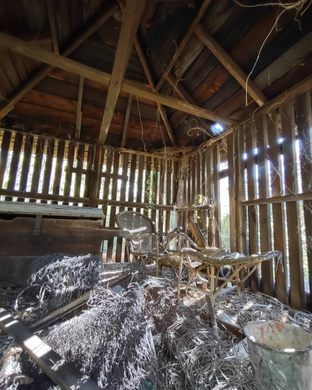





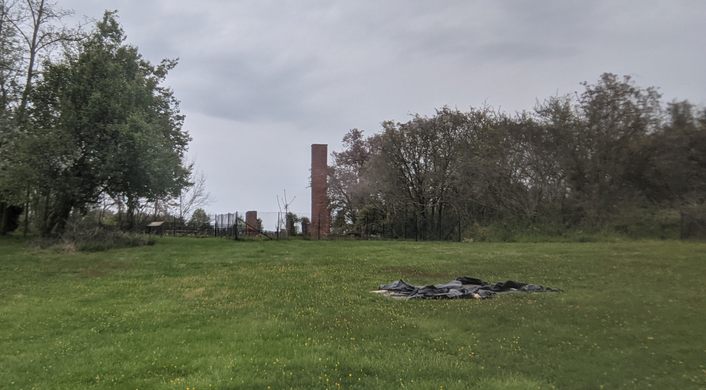



















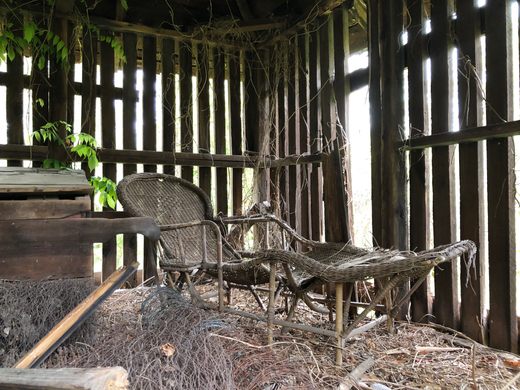
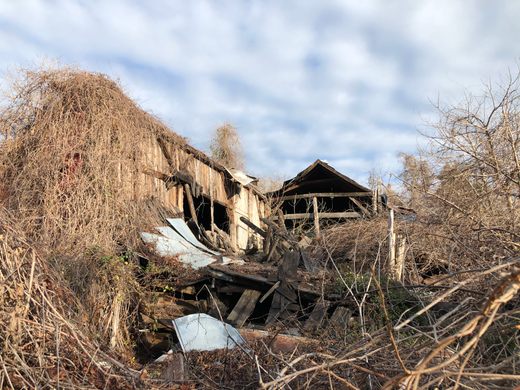
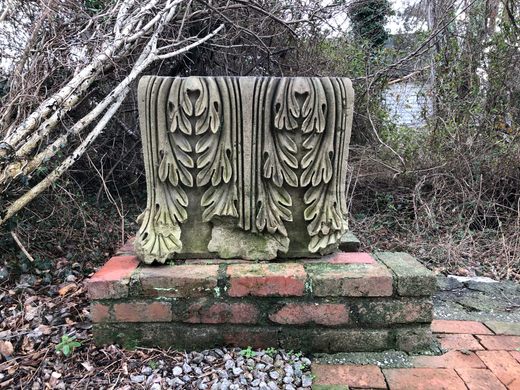
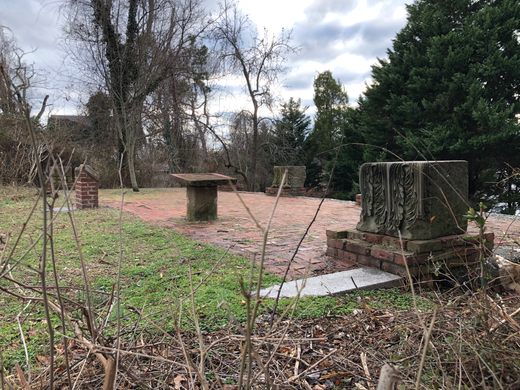
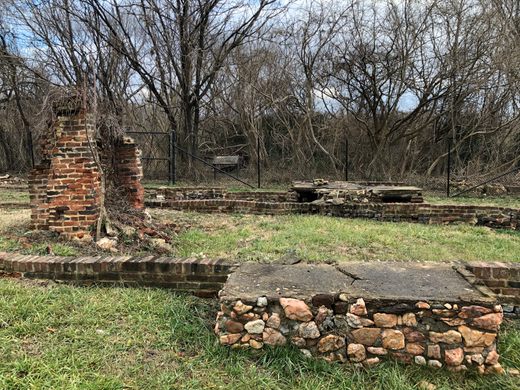
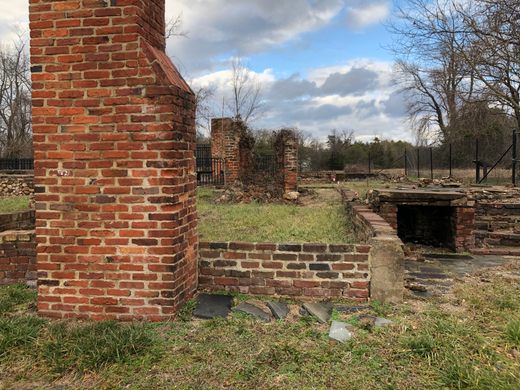
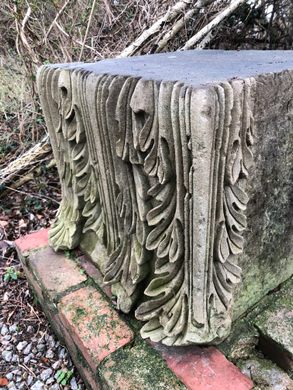
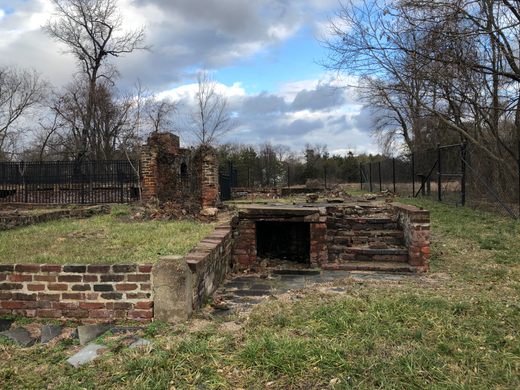
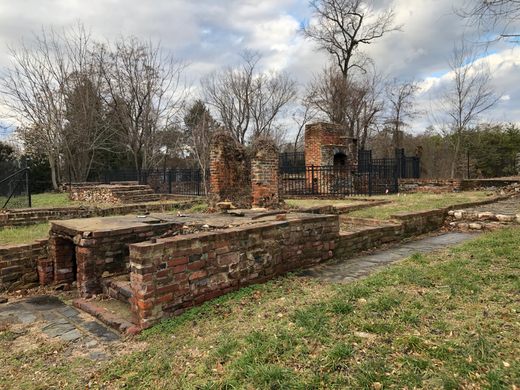
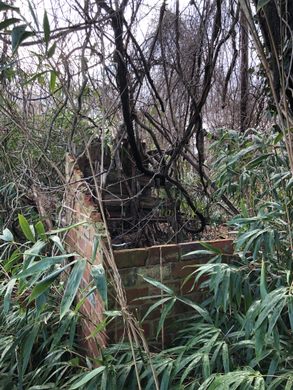
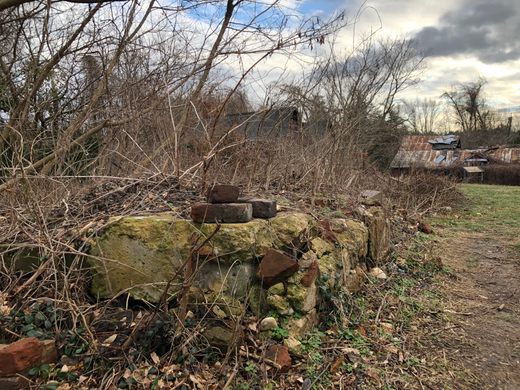

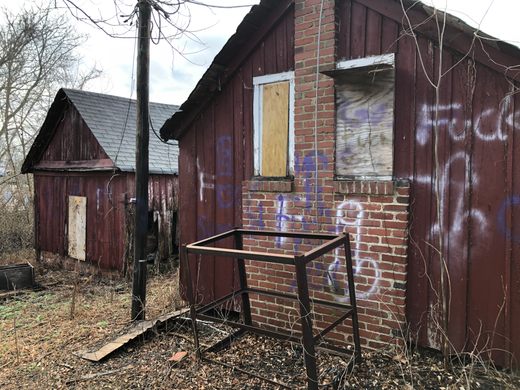
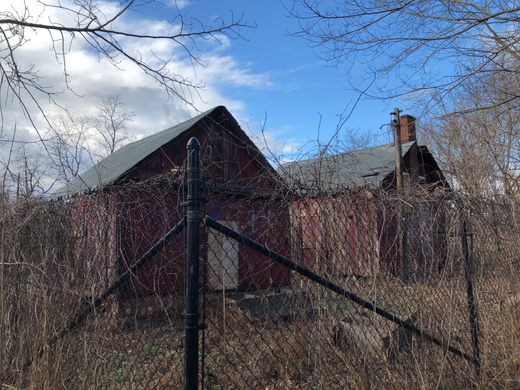
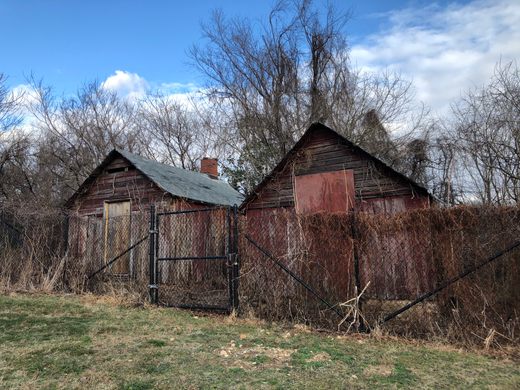
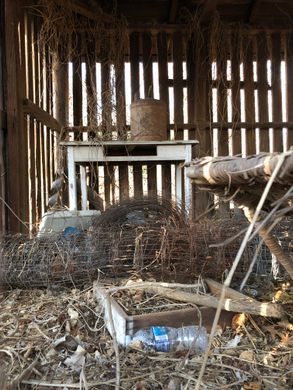
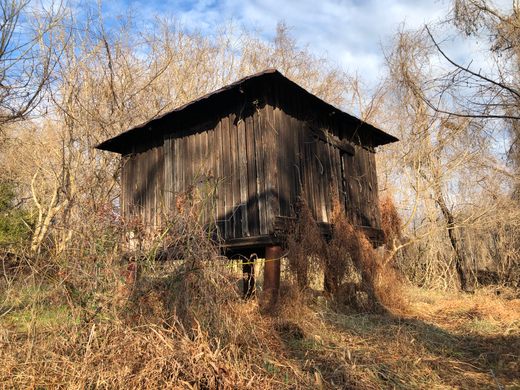
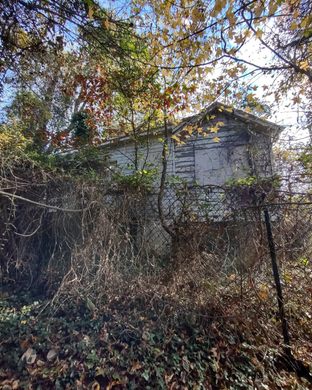





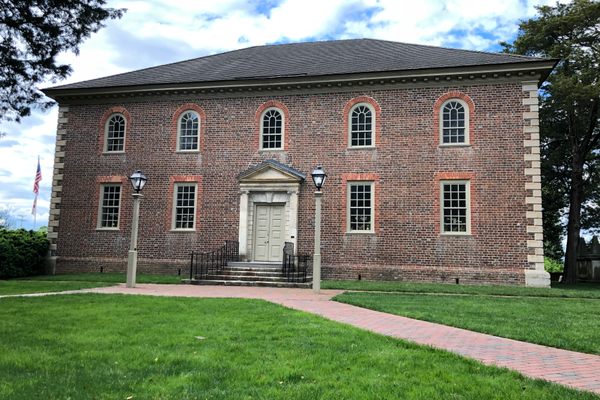





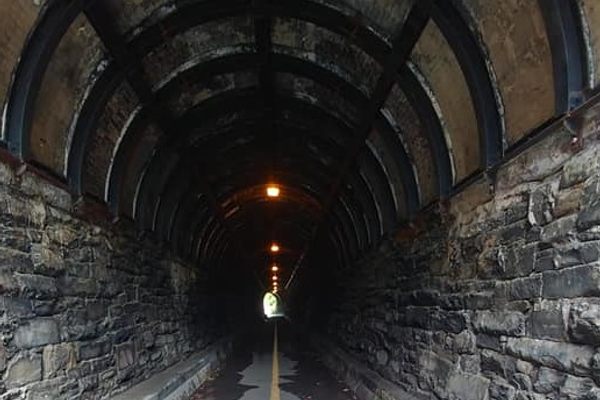

Follow us on Twitter to get the latest on the world's hidden wonders.
Like us on Facebook to get the latest on the world's hidden wonders.
Follow us on Twitter Like us on Facebook